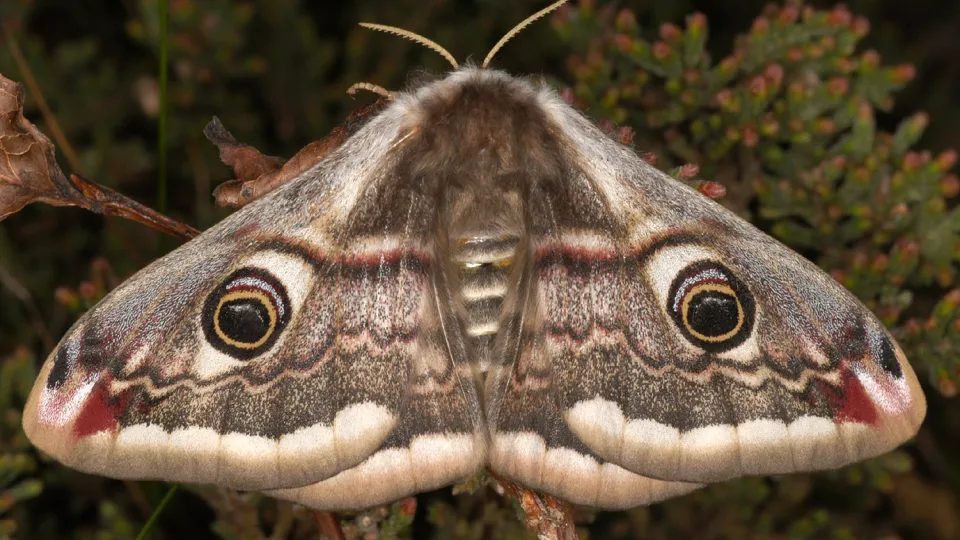
Emperor moth
An unmistakeable insect of heaths, sand dunes and grasslands, the Emperor moth is fluffy, grey-brown, with big peacock-like eyespots on all four wings. Males can be seen during the day, but females lie low.

An unmistakeable insect of heaths, sand dunes and grasslands, the Emperor moth is fluffy, grey-brown, with big peacock-like eyespots on all four wings. Males can be seen during the day, but females lie low.
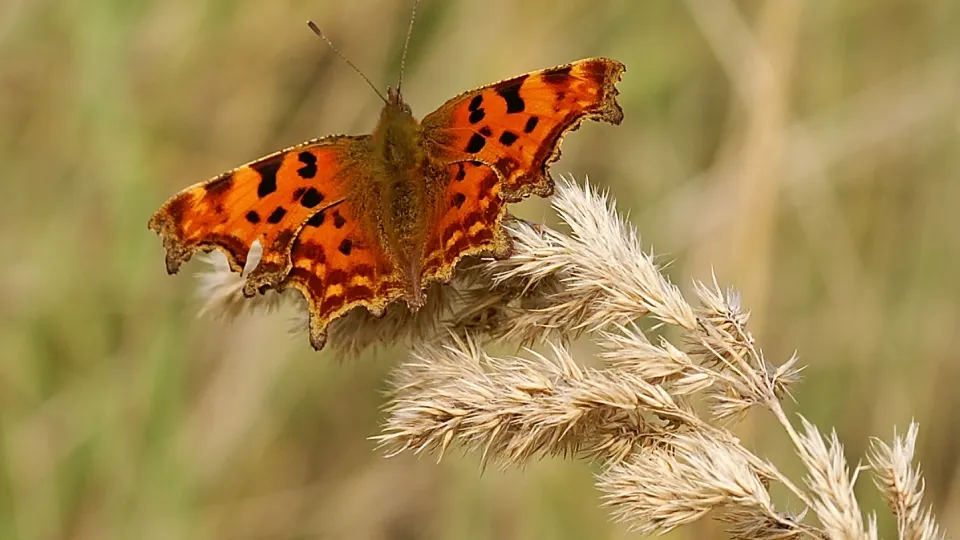
The comma has distinctively ragged wing edges, which help to camouflage it - at rest, it looks just like a dead leaf! It prefers woodland edges, but can be spotted feeding on fallen fruit in gardens.
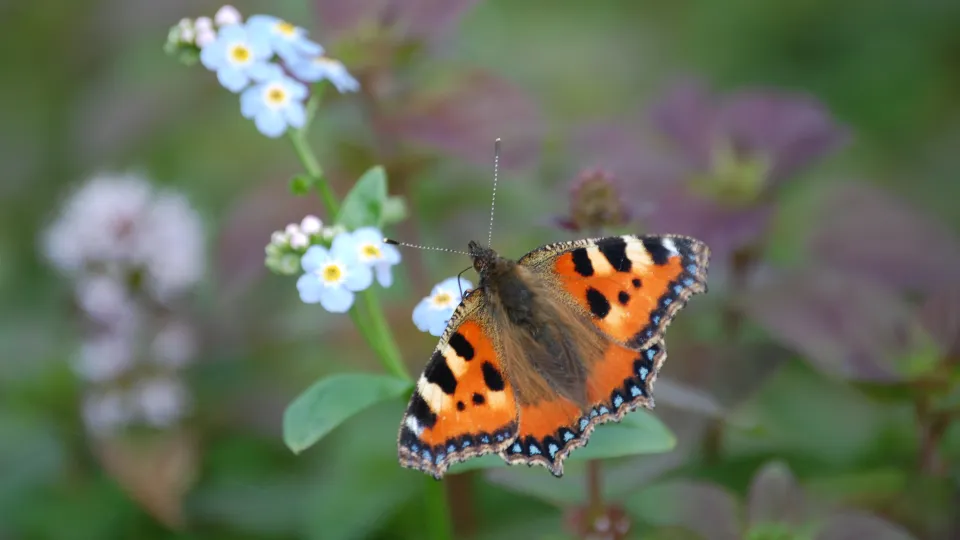
The pretty small tortoiseshell is a familiar garden visitor that can be seen feeding on flowers all year-round during warm spells. Overwintering adults may find resting spots in sheds, garages or even houses.
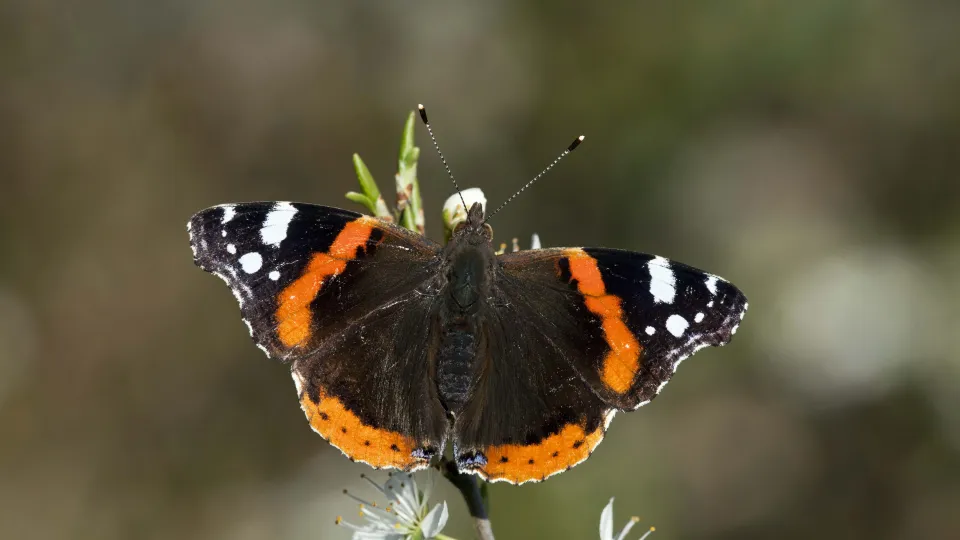
The red admiral is an unmistakable garden visitor. This black-and-red beauty may be seen feeding on flowers on warm days all year-round. Adults are mostly migrants, but some do hibernate here.

One of the joys of a spring day is watching a fluttering, lemon-yellow brimstone alight on a flower - an early sign that the seasons are changing. It is commonly spotted in gardens, woodland and parks.
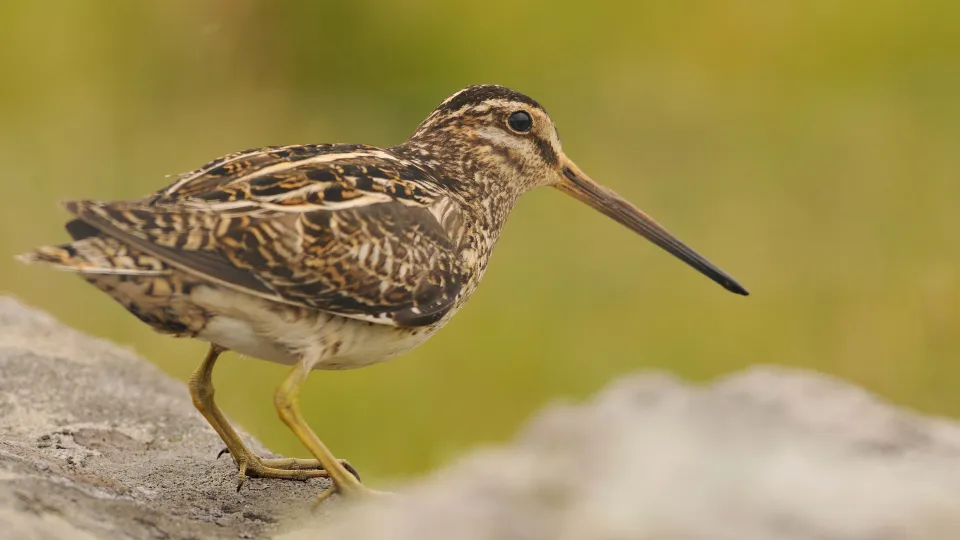
Listen out for the 'drumming' sound of a male snipe as it performs its aerial courtship display. It's not a call, but actually its tail feathers beating in the wind. Snipe live on wet grassland, marshes and moorlands throughout the UK.
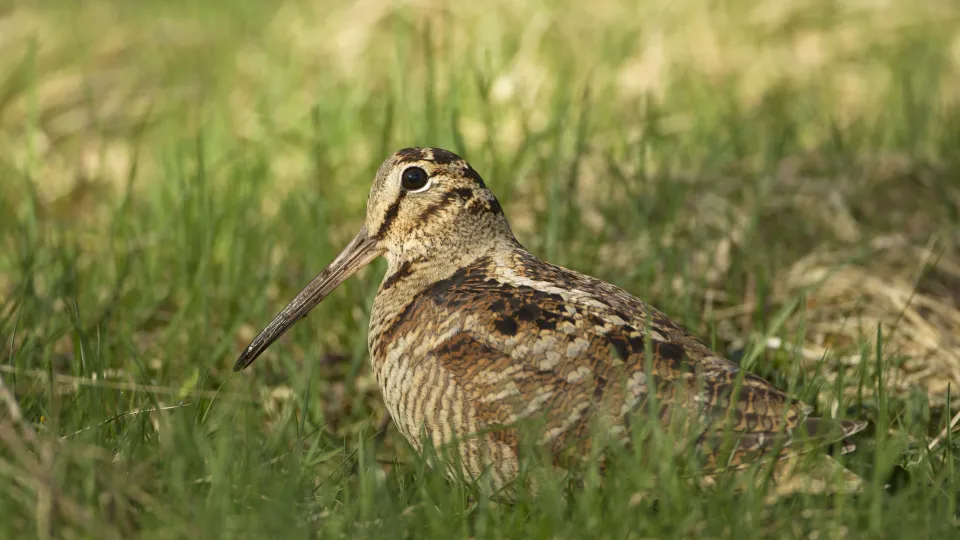
Sometimes known as the snipe of the woods, the exquisitely camouflaged woodcock is mainly nocturnal, hiding in the dense undergrowth of woodlands and heathlands during the day.
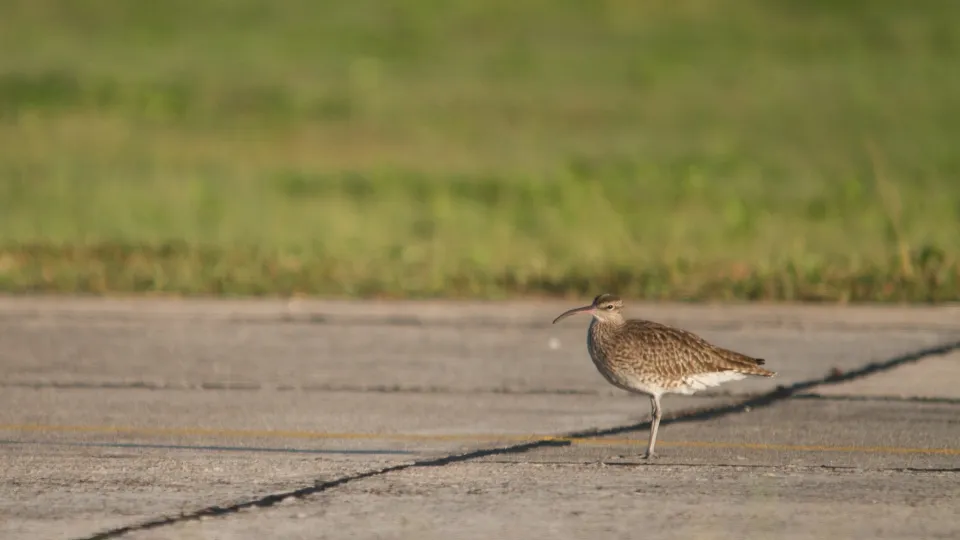
The whimbrel is very similar to the curlew, but a little smaller and with a striking face pattern. Its eerie call is a series of seven whistles; listen out for it around the coast as its passes through on migration.
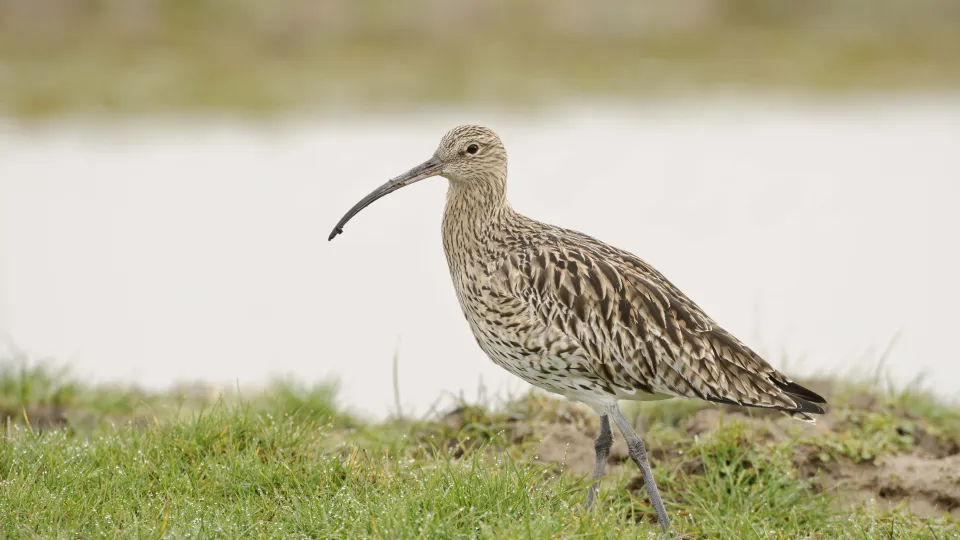
The eerie, 'cur-lee' call of the curlew is a recognisable sound of wet grasslands, moorlands, farmland and coasts. Its long, downcurved bill is an unmistakeable feature and perfect for probing the mud for prey.
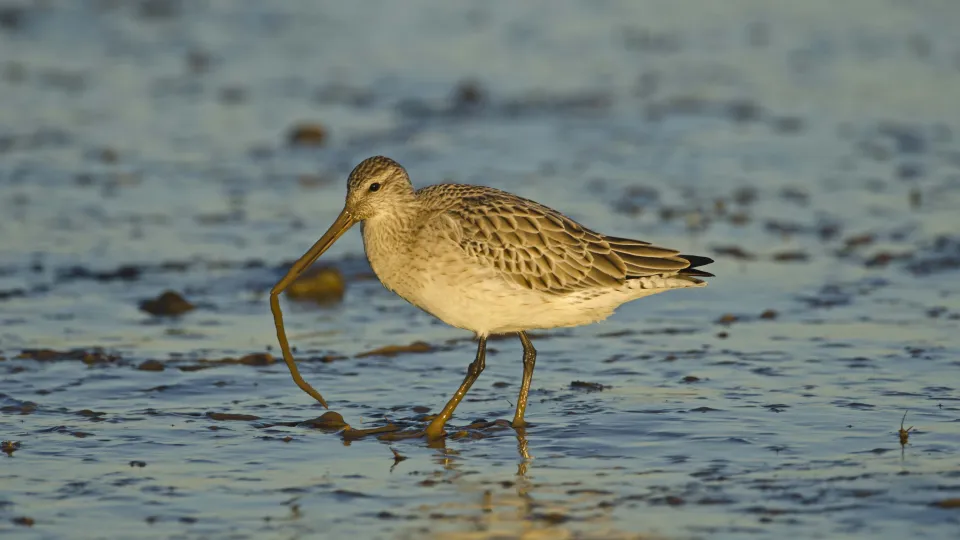
The bar-tailed godwit winters in the UK in the thousands; look for it around estuaries like the Thames and Humber. In spring, the males display arresting breeding plumage, with brick-red heads, necks and chests.